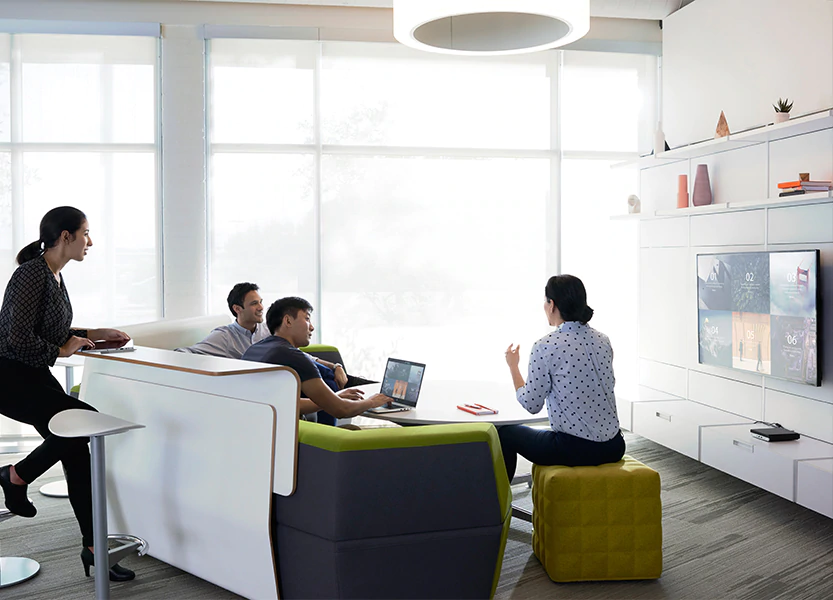As part of our Design Practice, we design fundamentally new business models for clients to use in launching new business initiatives.
These new business models define, in detail, exactly how a business is to engage a market in a new way, thus providing the operational framework it needs to bring innovative new value to that market. This can involve any number of domains in the business, including the offering, the brand experience, the target market being pursued, where and how it hunts for new customers, how it generates revenue, and how it conceives and delivers this new value.
The conceptual model behind our business model design work is the Future Lens Business Model Innovation Framework. This serves as a powerful tool for deconstructing both the Value Proposition and the Value Delivery of the business model, thoroughly examining the WHO, WHAT, WHERE, HOW, WHEN, and WHY behind these, and then reconstructing a better Value Proposition and/or a better Value Delivery approach that soundly wins a place of leadership in that market.
Often the need for a new business model becomes readily apparent in between Front End of Innovation work and Back End of Innovation work... between zoning in on a winning idea and actually commercializing it — a phase we refer to as the Mid Zone of Innovation. At other times the need is fully apparent from the beginning.
Before we begin work on a new business model, we first ensure that the underlying problem behind the proposed concept has been thoroughly vetted and refined. The fundamental challenge in any innovation is not in coming up with new solution concepts, but rather in properly understanding and clearly articulating the problem to be solved... the so–called "problem behind the problem". This is known as problem reframing. The outcome of problem reframing is a clearly understood and articulated Point of View, characterized by key customer needs ranked in priority order. This is work that would have ideally been done early on in the Front End while mining pertinent market and business insights (see Insights Research). Once we are satisfied that we have an accurate Point of View, so that the proposed concept fits optimally with its statement of the problem through well-defined Design Principles, we then move on with the design process. The winning concept (out of the many ideas and concepts that would have been considered) is the one we build a new business model around.
Two of the tools we use in the early business model concepting work are the Legacy Innovation Solution Space Canvas and the Legacy Innovation Business Model Canvas. Both of these aid in exploring and examining a number of possibilities around the new business model.
For the design work proper, we take the winning concept and we proceed to develop the working illustrated business model for it. This new business model will define, in detail, how new customer value is to be created, delivered, consumed, and monetized, and will reflect the new customer experience around that. The creative process of developing this business model may involve a number of iterative loops as we work together to converge on the final, optimal business model for your organization to take to market.
Finally, we work with clients to help validate the new business model. This entails various market research and/or market–testing exercises.
The Business Model Design Engagement typically follows these steps:

CEOs come and CEOs go. Some are excellent. They generally ‘get it’. Others not so much. They really ‘don't get it’. What makes the difference between these?
READ MORE
There's an insidious debate that's bounced around for probably the better part of twenty years now. It's the debate of whether or not ‘innovation is everyone's job’...
READ MORE
Innovation Spaces – which can refer to any space intentionally designed to foster and facilitate good innovation work – come in all sorts, shapes, and sizes...
READ MOREWe partner with committed business leaders to make their organizations the driving forces in their markets.
CONTACT USSign up for our newsletter.
NEWSLETTER SIGN-UP